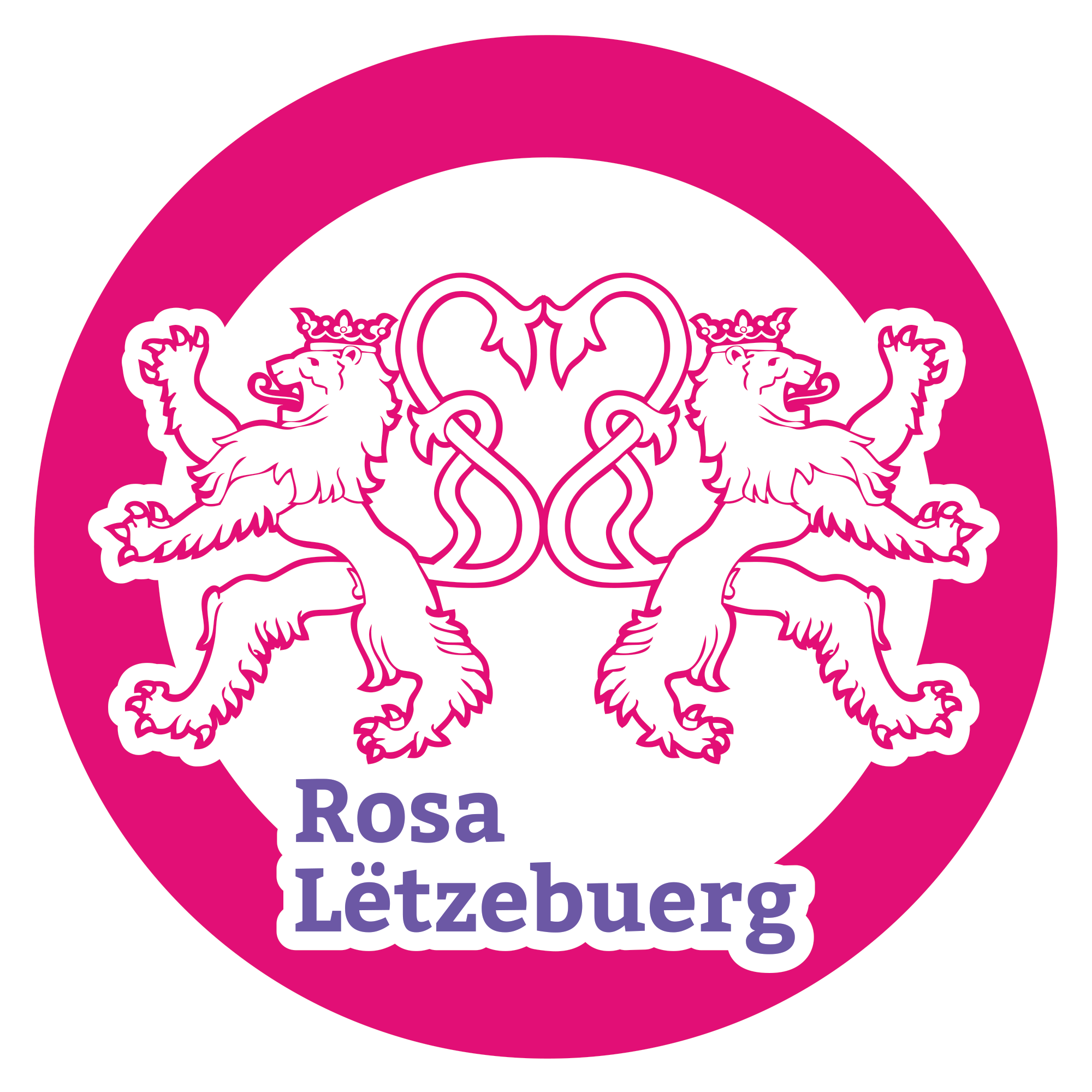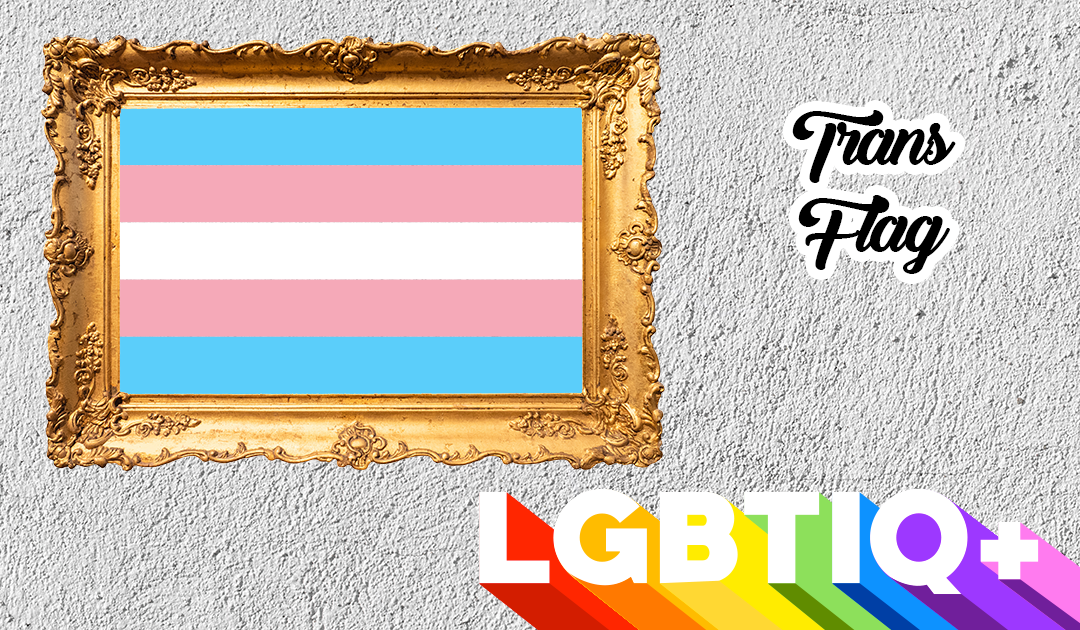Similar to how the LGBT community around the world has adopted a number of identity-specific flags, including the rainbow flag, the Trans Pride flag is used around the world to represent the trans community, although there are several other flags used and supported by various trans people, organisations and communities. Alternatives to these flags have been and are being proposed, and the various flags have been and are being used by trans people, their organisations, their communities and their allies to represent trans pride, diversity, rights and/or commemoration.
The most well-known trans flag design is the Trans Pride Flag, which is used as a symbol of trans pride, diversity and trans rights. The flag was designed by American trans woman Monica Helms in 1999 and first displayed at a Pride parade in Phoenix, Arizona in 2000.
The flag’s design represents the trans community and consists of five horizontal stripes: two light blue, two pink and one white in the middle.
Monica Helms describes the meaning of the Trans Pride flag as follows:
The stripes at the top and bottom are light blue, the traditional colour for young boys. The stripes on its side are pink, the traditional colour for little girls. The stripe in the middle is white, for those who are transitioning or consider themselves gender neutral or indeterminate.
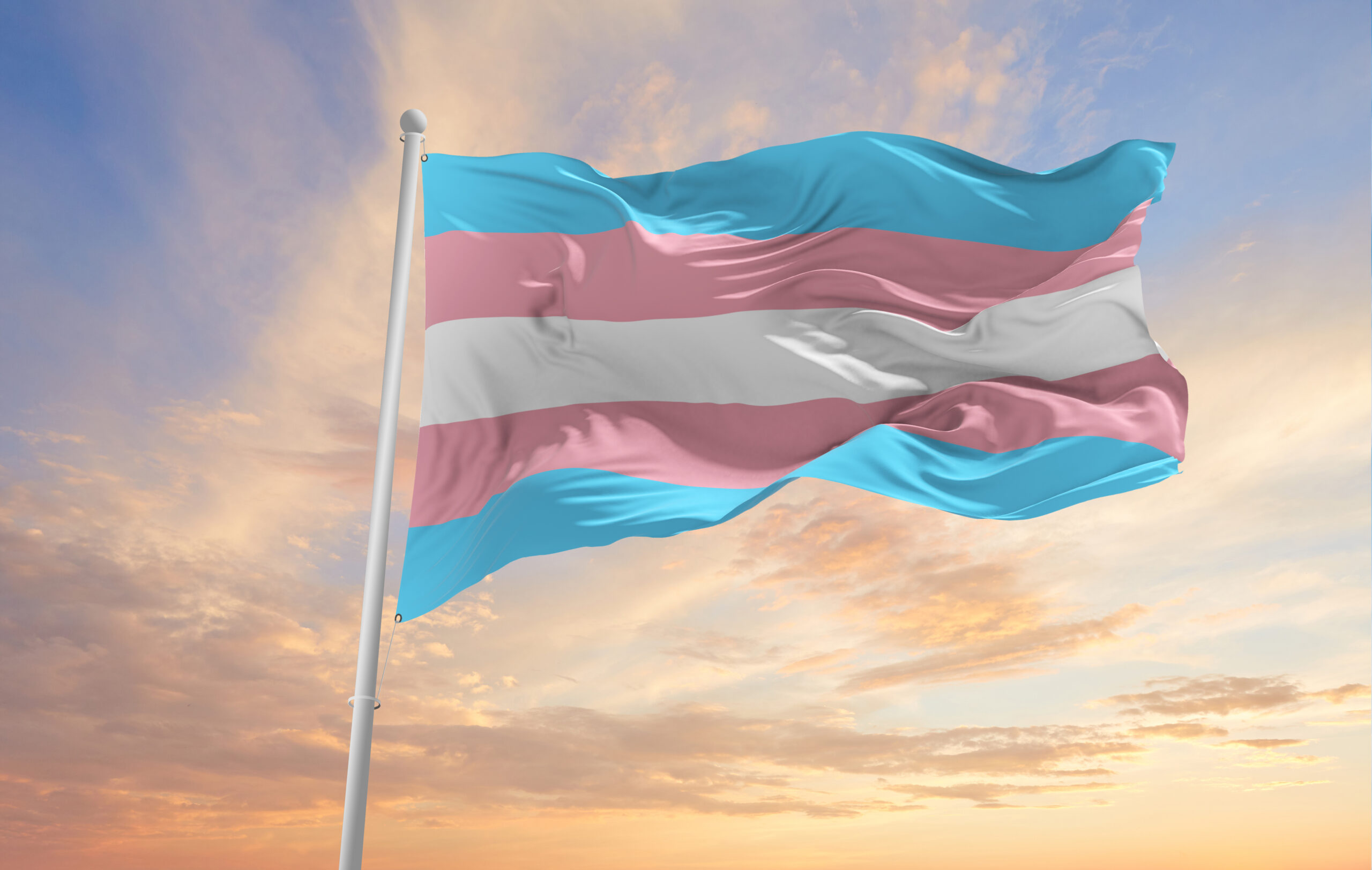
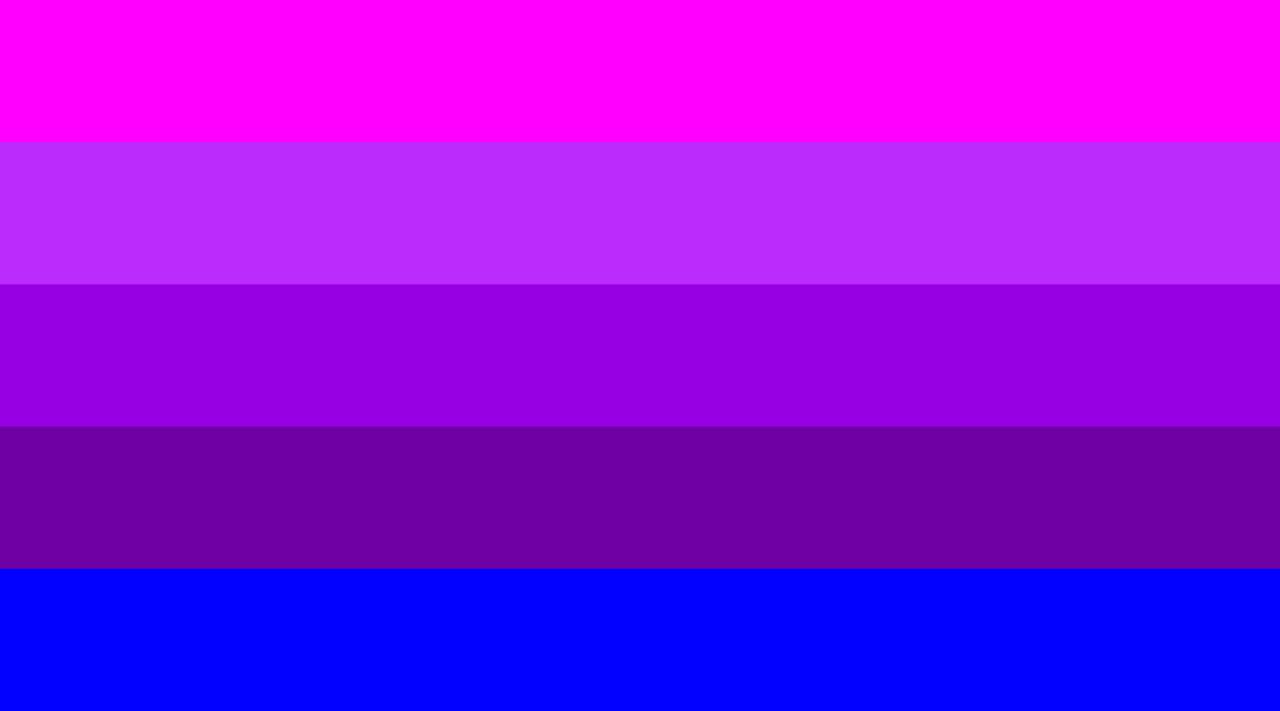
“The idea for the trans flag came to me a few years ago. At that time I didn’t know of any other flag designs. The design was created for the Trans Pride. Another reason why I designed the flag is that most crossdressers are not gay. If they use the rainbow flag, people will think they are gay. The colours on the flag are from top to bottom. Pink, light purple, medium purple, dark purple and blue. The pink and blue stand for male and female. The three purple stripes represent the diversity of the trans community as well as genders other than male and female.”
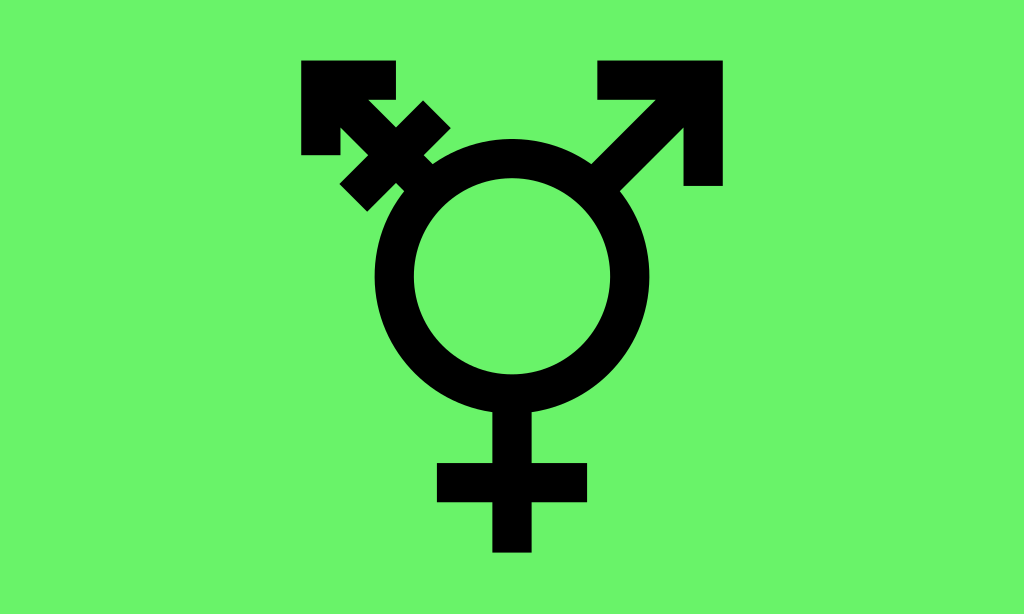
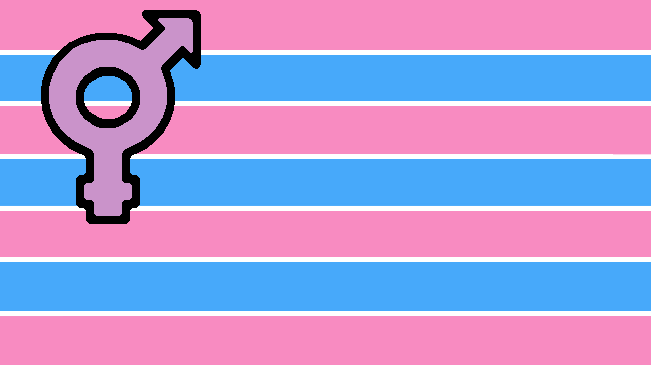
Andrew explained his motivation for designing the flag in 2017:
“I designed this flag at the time because there was nothing else for us at the time other than the standard rainbow flag, the Bear Pride flag and the Leather Pride flag. Before Google existed in its current form, I searched the internet to see if I could find a Trans Pride flag and found none, so as an artist/designer, I designed one myself for our community. The flag itself was to represent the (trans) community as a whole, with the twin symbol representing our journey and the qualities we possess. I published the design on my website as ‘the first Trans Pride flag’, and several trans sites picked it up. At the time, we were all a sworn community of sites connecting with each other through Pride web rings. Although it was my wish, I never had the funds to have it produced.”
Information:
You still want to dress up for this year’s Luxembourg Pride? Then check out our shop!



